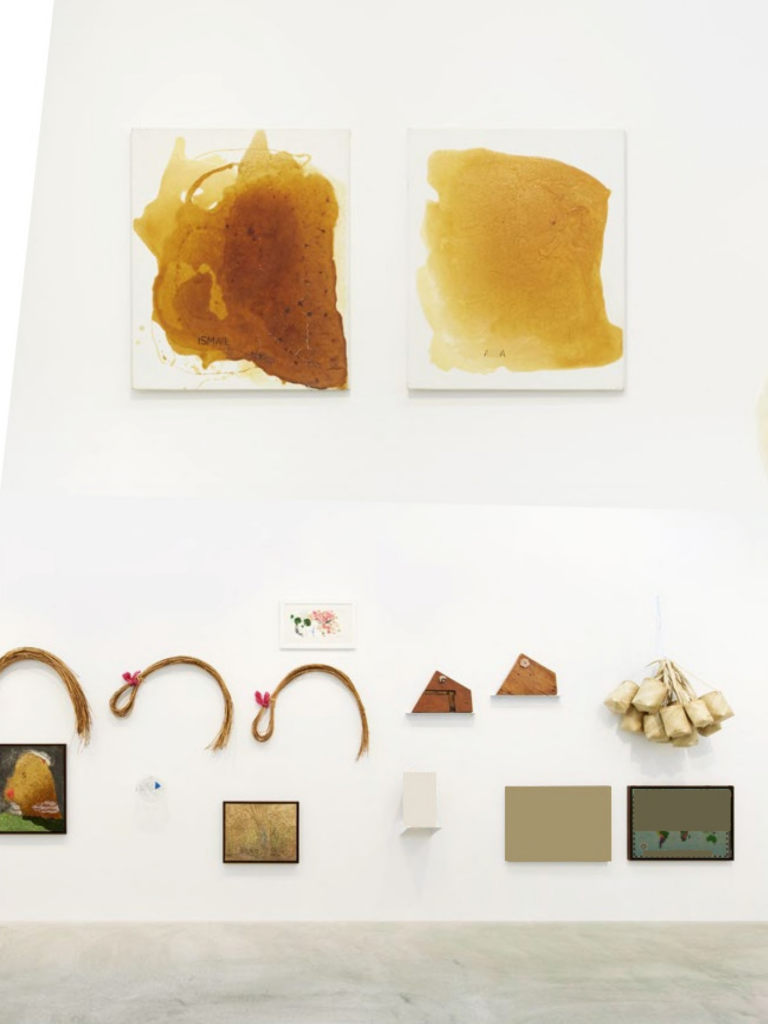Born in 1973 in Muar, Malaysia, she lives and works between Kuala Lumpur, Malaysia and Hiroshima, Japan
Lore of Equator #2
2024
Preoccupied with our subjective relationships to history and the environment, Shooshie Sulaiman works with soil, water, rubber sap, plants, trees, and books—materials that she uses in installations and performances to insert personal memories into the broader narratives and histories of her Malaysian homeland. Sulaiman began making art in the 1990s, a time of accelerated economic transformation in Malaysia, and in 2007 she founded the gallery space Artspace 12, which she still runs. Believing that art is integral to life and health, Sulaiman always creates conditions for her works to be experienced in intimate settings that nourish moments of contemplation and self-reflection.
Lore of Equator #2 (2024) consists of several smaller artworks related to the equator—paintings, video, found objects, earthenware pitchers, woven baskets, altered maps—grouped into a wall composition along an equatorial axis. Addressing concerns around conservation and creativity, the artist explores historic and contemporary legacies of the equator and its associated knowledges through a gesture of arbitrary mythmaking. Sulaiman uses traditional materials and techniques that stem from a part of the world that has been interconnected across national borders since ancient times through the Indigenous technologies of equatorial peoples, who the artist praises as “great seafarers, great forest people, and amazing islanders.”
According to traditional wisdom, the equator is an essential energy point in the universe. Living at the equator, the landscape where the artist was born and raised, is a spiritual journey filled with storytelling and mysticism. From this place of learning, it is possible to tap into a wealth of cosmic energy that fosters well-being; it is also a place of finding connection with nature and honoring it, as our ancestors did. Sulaiman advocates for an “Indigenous Attitude” to combat the capitalist mindset of greed and competition that creates a disconnection between the body and the mind, making humans physically and mentally ill. In contrast, Malaysian tradition teaches how to cultivate a deep connection to everything that surrounds us—flora and fauna, the sea and the sky. Lore of Equator #2 includes woven plants, organic “plastic,” tapioca drawings, wood mountains, rubber paintings, and soil maps, through which Sulaiman reminds the viewers that our role is “to be a witness to the universe’s greatness.”



